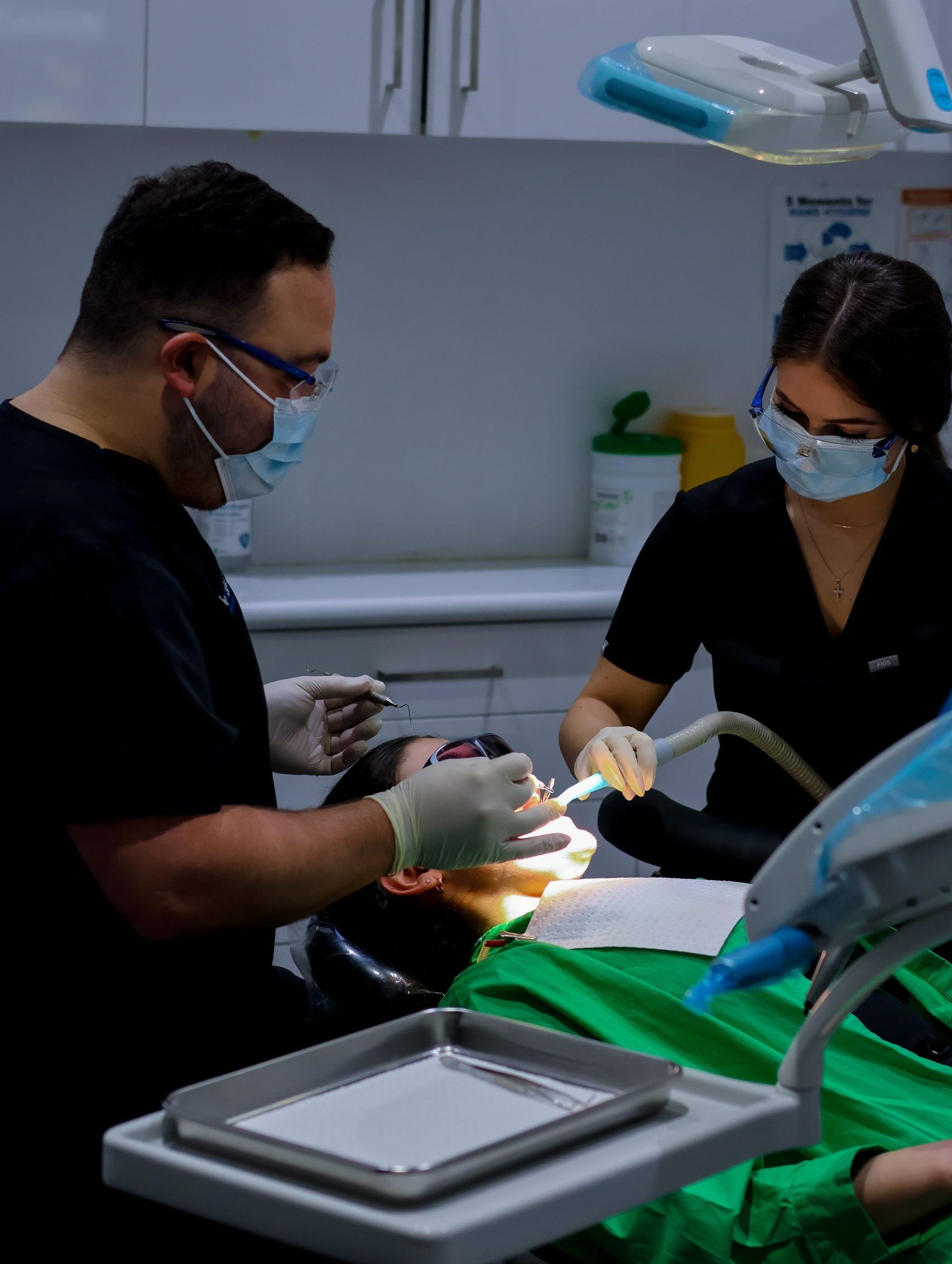Dental Filling procedure
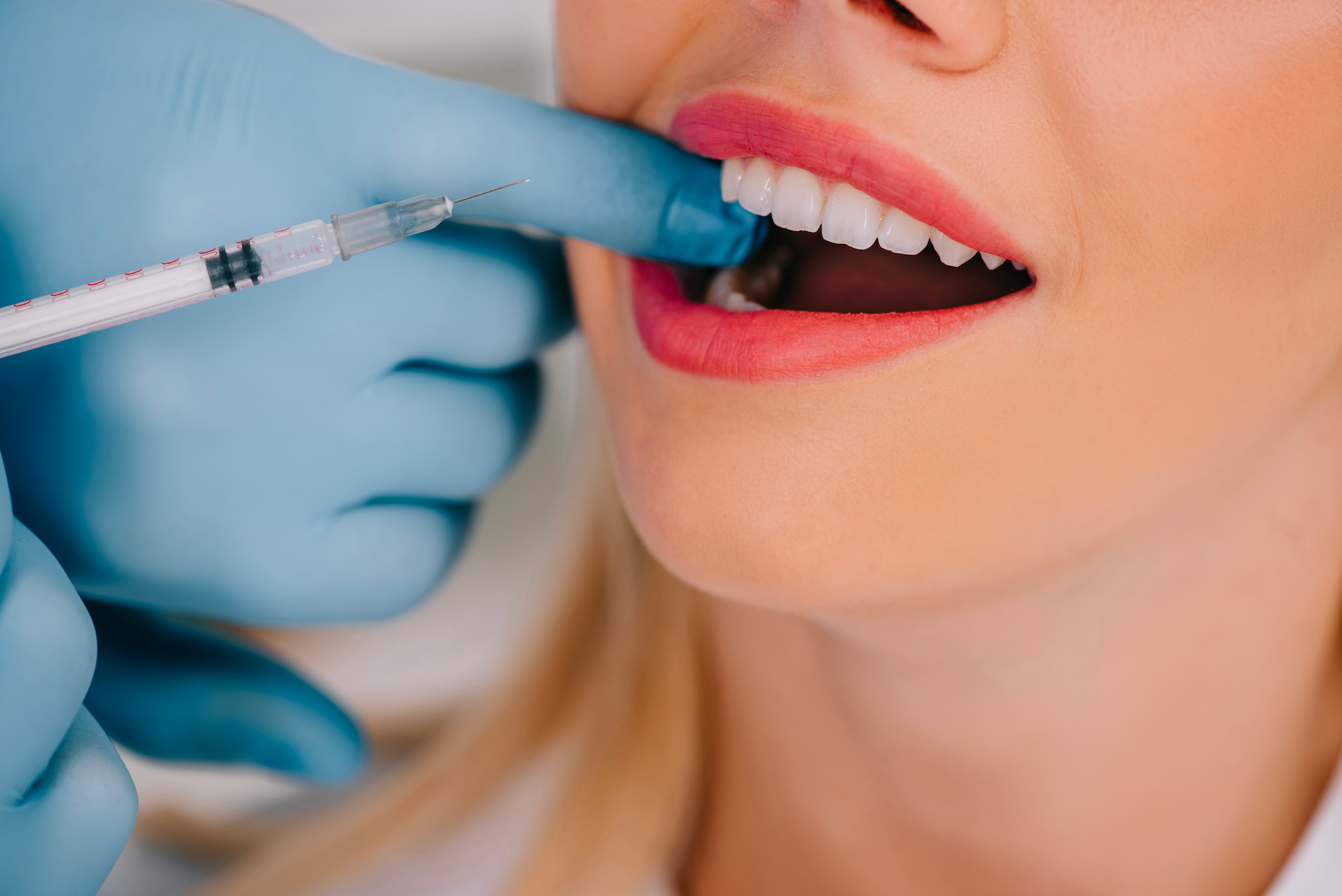
Anesthesia
Before beginning the filling procedure, the dentist will typically administer anesthesia to numb the area around the affected tooth. This may involve a local injection or topical anesthesia applied to the gums.
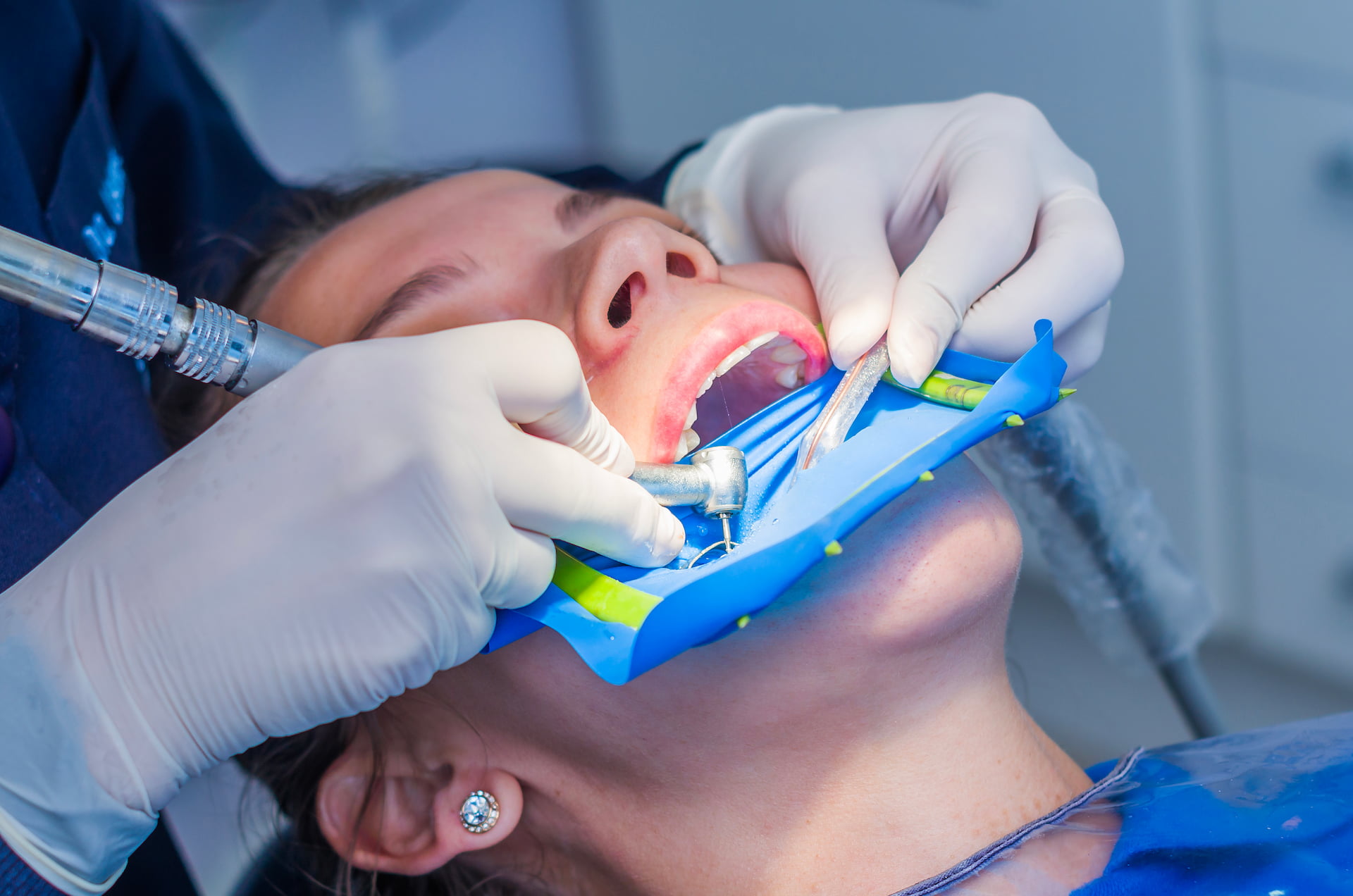
Removing Decay
Once the area is numb, the dentist will use a drill or other tool to remove any decayed or damaged parts of the tooth. This will create a clean space for the filling material to be placed.

Placing the filling
Once the tooth is prepped, the dentist will place the filling material into the space left by the decayed portion of the tooth. This can involve layering the material and shaping it to fit the contours of the tooth.
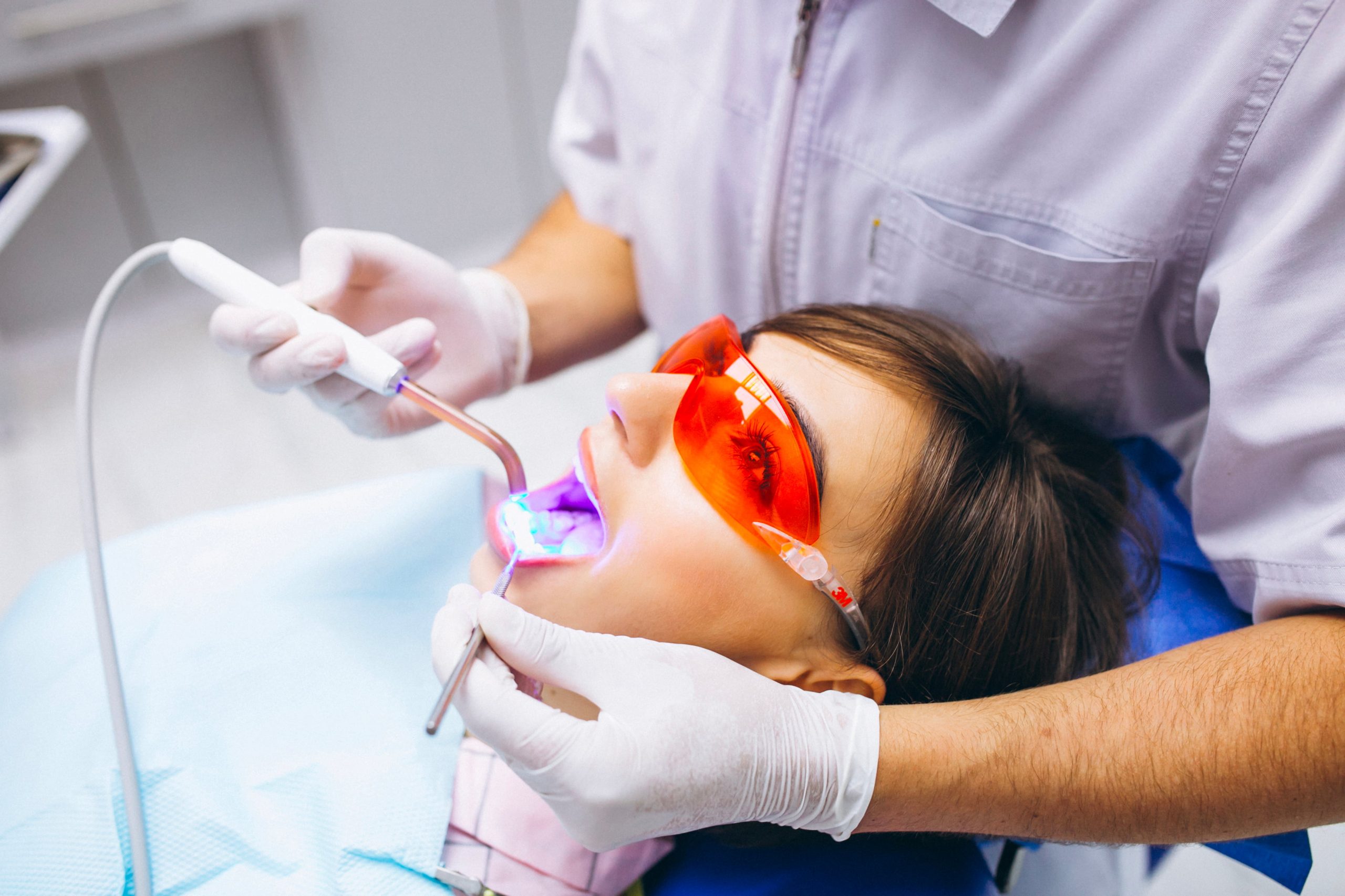
Polishing the filling
Once the filling material is in place, the dentist will typically smooth and polish the surface of the filling to ensure that it looks and feels natural in the mouth. This can involve the use of special instruments and polishing materials to achieve the desired finish.
Aftercare for Dental Fillings
Avoid hard or sticky foods
After the filling procedure, you may experience some numbness in the mouth. It is advisable to avoid eating or drinking anything hot or cold until the numbness wears off. This can help prevent any accidental burns or damage to the filling.
Maintain good oral hygiene
After the filling procedure, it is important to maintain good oral hygiene by brushing and flossing regularly. This can help prevent any further decay or damage to the teeth, and keep the filling intact.
Visiting the dentist for regular checkups
While dental fillings are generally a safe and effective treatment option, it is important to monitor for any problems such as sensitivity, pain, or swelling. If you experience any of these symptoms, contact your dentist immediately to schedule a follow-up appointment.

Popular Types of Dental Fillings
Gone are the days of obvious silver fillings. Today, our dental filling clinic offers a host of options for you to choose from to suit a specific look or your needs. Also, we can get you into your appointment and back on your way quickly while restoring your smile. Our dental fillings dentists offer the following:
- Amalgam fillings. This filling material is a mixture of metals and features a powdered alloy of tin, silver and copper mixed with liquid mercury. These fillings have a silver-like appearance, and it goes in as putty to form the space in your tooth before hardening.
- Ceramic fillings. These fillings feature porcelain in the makeup and are both aesthetically attractive and durable. They are slightly more expensive than other filing types, but they have a higher resistance to staining and abrasion and are tooth-coloured to blend in.
- Composite fillings. These are tooth-coloured fillings with silica, glass quartz and other ceramic particles in the makeup with a resin base. After our dentist prepares your tooth, the filling gets bonded to the area, and they’ll shine a light on it to set it.
- Gold fillings. These fillings are also called onlays or inlays, and they have copper, a gold alloy and other metals. This is one of the most durable dental fillings that will last upwards of 20 years, but it’s also the most expensive.
- Metal fillings. Metal or silver fillings are very cost effective and can last over 15 years. However, they are also visible in your teeth, as they have a silver tint.
- Porcelain fillings. Porcelain is less likely to chip or break, and they feature a mix of silicone and oxygen that gets compounded to form a noncrystalline glass. We can shade them to match your tooth colour.
- Temporary tooth fillings. As the name suggests, this is a temporary treatment to help restore your damaged tooth. These fillings won’t last, but they’re a semi-permanent fix that is great in dental emergencies. You’ll have to schedule another appointment to replace this filling with a permanent one.
Dental Filling Costs
On average, your dental filling costs without using insurance can range from $200 to $600. However, this is an average estimate, and the price could fluctuate from $100 to $4,000. Your cost will depend on several factors, including the cavity size, filling material, how many fillings you need, which teeth need fillings and whether you need sedation. If you search for “dental filling near me” and The TLC Dentist comes up, get in touch. We can give you a better estimate once we assess your situation and decide which filling material fits your needs.
Dental Filling Aftercare
Luckily, there isn’t a lot that you have to do for aftercare. Generally, you want to eat soft foods for a few days after you get your filling. You should also avoid very cold or hot food or drinks and not use any tobacco products or smoke. Following these steps will help reduce your chances of developing complications and requiring an emergency visit.
Contact The TLC Dentist for Dental Fillings in Sydney
If you need a dental filling, contact The TLC Dentist. We’re happy to set up your appointment, look at your cavity and help you decide which filling material will work best for you.
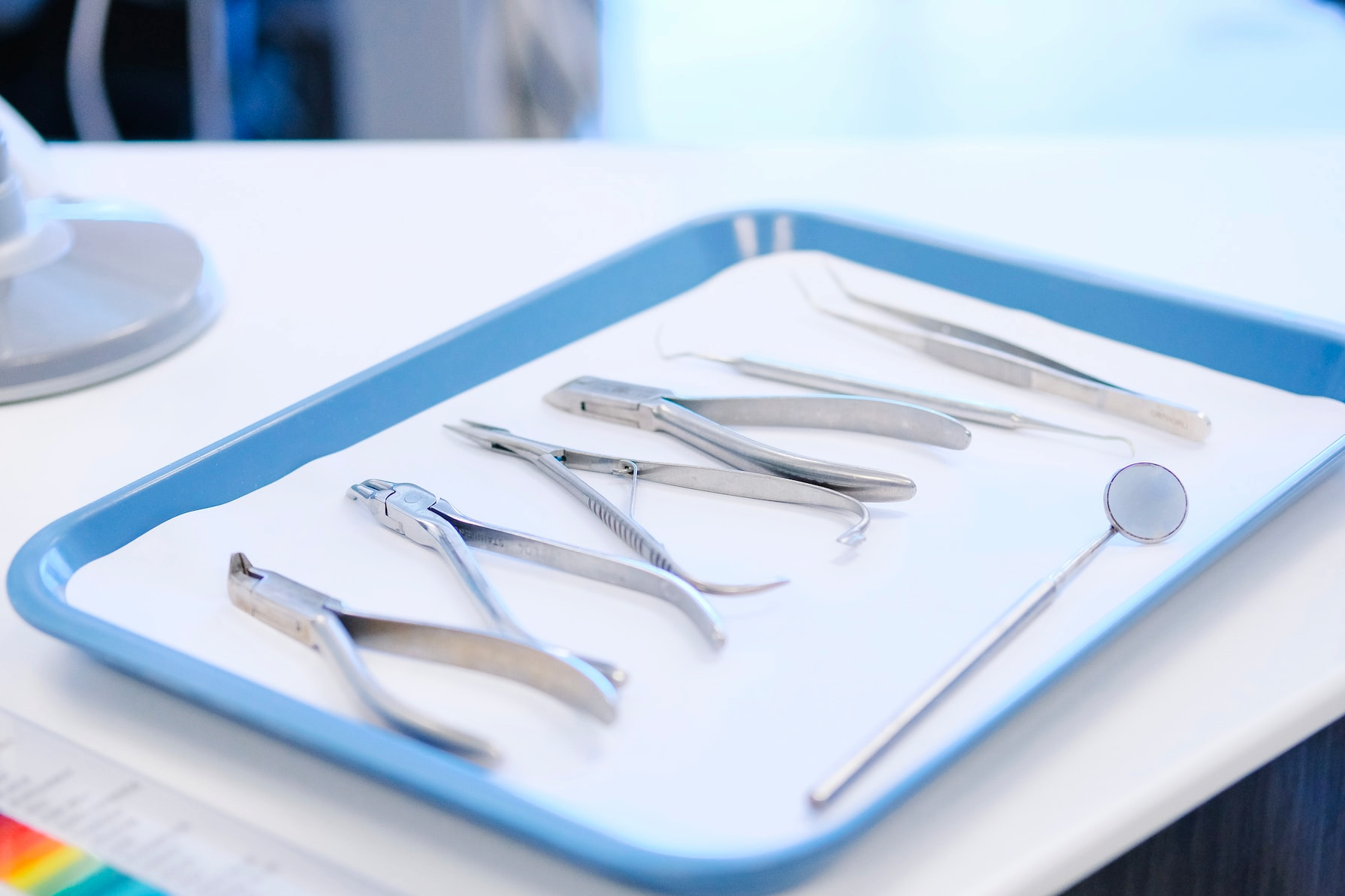
Follow The TLC Dentist On Instagram
Error: No feed with the ID 1 found.
Please go to the Instagram Feed settings page to create a feed.
